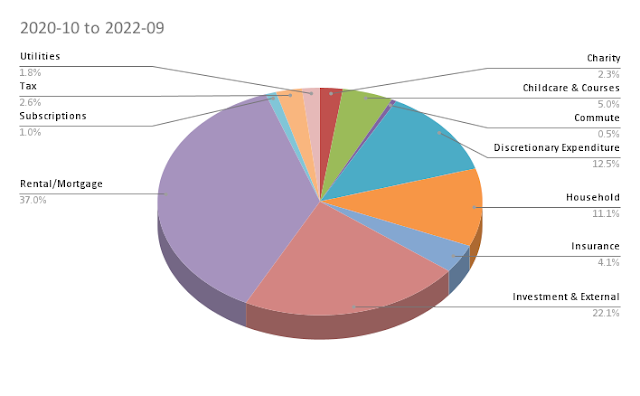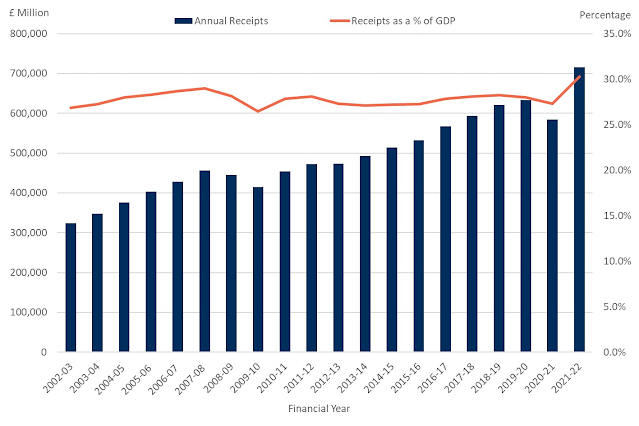Secrets of Red Lantern: An odyssey into Singapore's past
One of my colleagues had organized a walkabout tour of Chinatown, Singapore through the Original Singapore Walks. The walk that we chose was the Secrets of the Red Lantern, and the objective was the travel the road less traveled. The walkabout was about 3 hours long and touched upon the history of Singapore - specifically with respect to Chinatown, migrations from China, its past of prostitution, opium addiction, poverty and slavery spread over 200 years starting from early 19th century.
To say that it I was completely enamored by what I saw and what I heard would be an understatement. A few highlights from what we saw:
- Behind the prosperity of today lies a time when there was utter poverty in Singapore. With heavy immigration from China, all of whom hoped to make it big, what resulted was housing in small cubicles of about 30sqft each housing as many as 6-7 people at a given time. Take a moment to visit the Chinatown Heritage Gallery to see a depiction of the size of the cubicles, kitchens and toilets.
- Behind the drug safe city of today lies a past where a significant share of Singapore residents were opium addicts. History goes that many of the rickshaw pullers of the day had to pull their carts with bare feet on melting tar that the pain of resting them in the evening brought out so much despair that a 15 minutes relief through opium was a natural option. The opium sale was promoted by the British rulers of then as a form of government income. They had licensed 43 wholesale vendors for the purpose.
- Behind the highly women-safe city of today, there lies a time in Singapore's history when over 50% of the women were forced into prostitution and other related professions through a system that gave them no choice. There was a time when there were 60,000 Chinese migrant males, but only 6000 female migrants, out of which over 3000 were licensed prostitutes. There are stories abound of suicides by the girls of that era.
- Behind a country which offers its citizens free access to over 150 countries through the prized Singapore passport, there lies a time when slavery was abound. Migrant workers, promised of a bright future would be shipped to Singapore and auctioned off, sometimes for anything as low as 30c to $1, by the underground organizations of the time. There is little proof of the British authorities of the time having tried anything to prevent the practice, barring one raid. The police officer leading that raid has confessed of having never seen such a deplorable sight.
I learnt that there is a lot more about the tumultuous past of the city and its transformation into a prosperous and clean city offering its citizens a standard of living matched by only a few other nations in the world.

